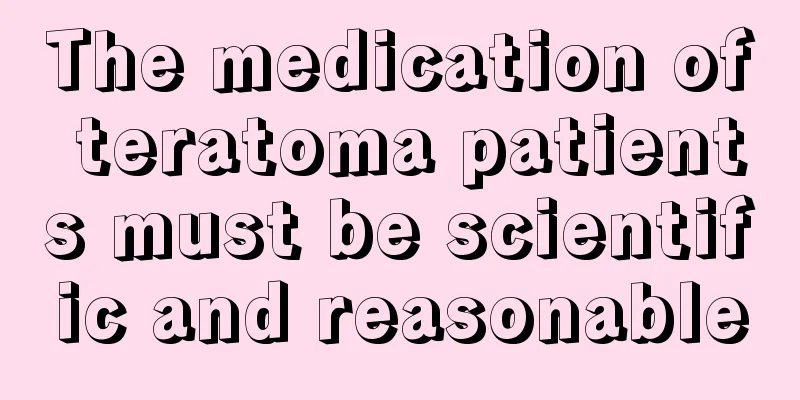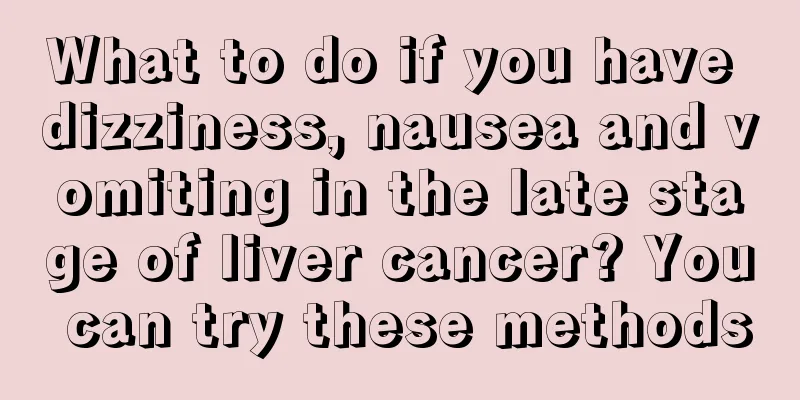What is the most beneficial diet in the 4 stages after esophageal cancer surgery

|
The whole surgical process of esophageal cancer is very traumatic and often easily causes digestive dysfunction. Therefore, it is very important to know how to "eat well" after esophageal cancer surgery. It can be roughly divided into four stages. The dietary requirements of different stages are very different. 1. Nasogastric feeding stage 1 to 5 days after surgery, the patient is in the surgical trauma period, the wound has not healed, the gastrointestinal function has not recovered well, and the digestive function is poor. At this time, only nasogastric feeding can be used. The patient can be fed with mixed milk, fruit juice, vegetable juice, rice soup, etc. The injection volume can be increased from 500 ml on the first day, divided into 2 to 3 drips, and then increased to 1500 to 2000 ml per day according to the patient's tolerance. The temperature during dripping should be close to body temperature. 2. The period of instillation refers to 5 to 10 days after surgery. During this period, the patient has basically passed the surgical trauma period, and the gastrointestinal function has gradually recovered. A small amount of boiled water can be given first, and then gradually increased to 30 to 50 ml. If there is no obvious discomfort, rice soup, egg soup, fresh milk, and fish soup can be given, 100 to 200 ml each time, 5 to 7 times a day. 3. The semi-liquid diet phase starts from the second week after surgery. During this period, the various drainage tubes left in the patient after surgery have been removed, and intravenous infusion of fluids has gradually stopped. Most patients can walk and move around, and their appetite gradually increases. However, during this period, you can only eat small meals frequently, mainly easily digestible food without residue, and avoid eating large amounts of food. 4. The normal diet phase generally starts from the fourth week after surgery. During this period, most patients have been discharged from the hospital and are resting at home, cared for by their families. At this time, the diet range can be expanded as much as possible, and all foods can be eaten except for those that the doctor specifically emphasized not to eat when the patient was discharged from the hospital. The patient can also be guided to do some appropriate physical activities to facilitate digestion and absorption. |
<<: How to use diet therapy after esophageal cancer surgery
>>: Endocrine and molecular targeted therapy for breast cancer
Recommend
Hemorrhagic infarction often occurs in
Hemorrhagic infarction is a relatively serious or...
What causes colon pain?
If you have colon pain, you should be alert to wh...
Joint pain when sleeping at night
If you do some tiring physical work during the da...
Can't patients with thyroid cancer use Huasu tablets?
Huasu tablets are iodine lozenges. Patients with ...
Which hospital in the country is best for treating glioma
Which hospital in the country is good for treatin...
What causes tongue tip ulcers?
Tongue tip ulcer is a disease that currently has ...
How many days after the eyebrow tattoo can I wash it?
Eyebrow tattooing is becoming more and more popul...
Which badminton racket is better
Badminton is also a sport. Our whole body can be ...
How to treat oily hair loss?
The health of hair has always been a concern for ...
To prevent pancreatic cancer, pay attention to your daily diet
In life, preventing pancreatic cancer through dai...
The nutritional value, efficacy and taboos of pineapple
In life, many people like to eat jackfruit, becau...
Is the recurrence rate high after anal preservation surgery for rectal cancer?
Rectal cancer is a type of malignant tumor of the...
What is needed to bandage a wound
Injuries are unavoidable in daily life, such as a...
What causes skin fibroma
Skin fibroma is generally caused by the prolifera...
What is the treatment for bleeding teeth?
Dental bleeding is one of the most common oral di...









